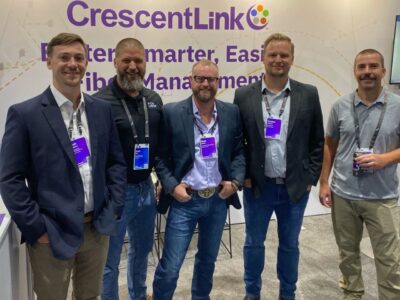It’s no secret that fiber outperforms legacy plant by a big stretch. Yet, most of the country still runs on Hybrid Fiber Coax (HFC) or Copper plant. According to 2020 Network Medium Coverage Data, only about 40% coverage in the US is with fiber, while 91% is with HFC or Copper. In the best-case scenario, 90% of all households will have fiber by 2029 with the help of the government funding (read here). But how often do we have the best-case scenarios happen as planned?
The urgency to switch to newer, more efficient means of providing quality broadband, such as Fiber to the Home (FTTH) and 5G is rising. This haste has been fueled by broadband demand largely because of the covid pandemic. Yet, to do so is riddled with challenges.
The costs of either building or upgrading network infrastructure, especially in rural communities, remain relatively high. One area that is particularly impacted by the pandemic are supply chains (read here). This alone may create extended dependence on legacy networks. More so than ever, it will take time and investment to transition to that next-gen network. Neglecting your legacy plant is not ideal either as it provides the necessary service for customers, even though it is often inefficient and costly to maintain. Reasons are plenty but most common are:
- An extensive mix of technologies
- A long list of vendor platforms and systems
- A range of equipment at different stages of life
- Costly and labor-intensive maintenance
- Siloed knowledge and decreasing number of experts on legacy networks
So, what do you do?
The simple answer is to maximize your effectiveness in managing legacy plant by creating more sustainable efficiencies. Centralizing your records into a data-driven GIS is one way you can accomplish it. By doing so you can visualize and prioritize your network upgrades and upkeeps for both legacy, fiber, and any other new technologies that may emerge. This can reduce costs in maintenance and operations and set your organization up for success.
Whether or not we like it, legacy networks are here to stay for quite a while. The best practice here is to be smart in how you manage all your network assets, not just fiber.




